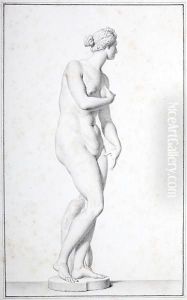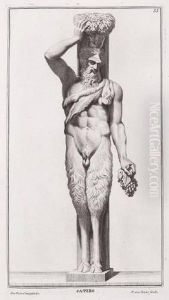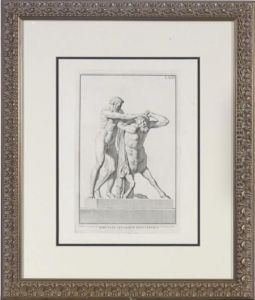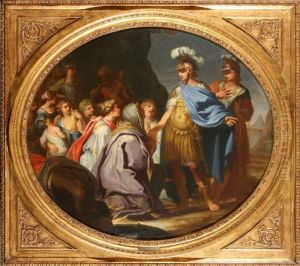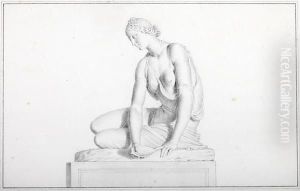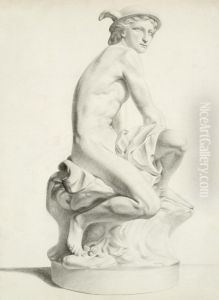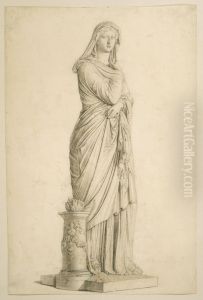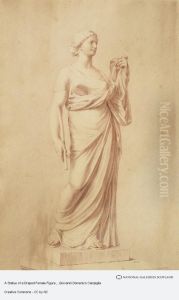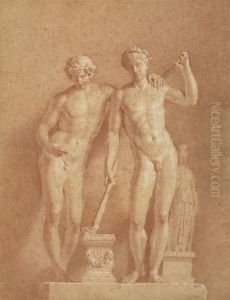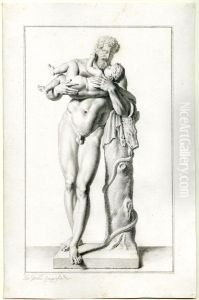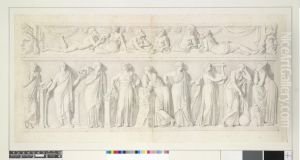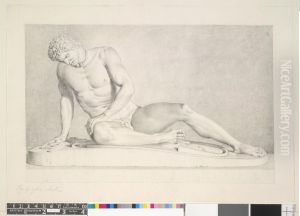Giovanni Domenico Campiglia Paintings
Giovanni Domenico Campiglia was an Italian artist renowned for his contributions to the Baroque period, particularly in the realms of painting and engraving. Born in Lucca, Italy, in 1692, he developed his skills in a time of rich cultural production, where art was a significant form of expression and communication. Campiglia moved to Florence at a young age, where he began his artistic training under the guidance of prominent artists such as Tommaso Redi and Sebastiano Galeotti. This period was crucial in shaping his style, which blended the grandeur of the Baroque with the emerging sensibilities of the Rococo.
Campiglia's work, characterized by its attention to detail and dynamic compositions, caught the eye of the Medici court. This affiliation not only provided him with prestigious commissions but also allowed him to work closely with scientists and scholars. He was deeply involved in the documentation of the Medici collections, where his skills as an engraver and draughtsman were put to significant use, particularly in the portrayal of archaeological findings and artworks.
Throughout his career, Campiglia played a pivotal role in the dissemination of the classical style, influencing the transition towards Neoclassicism. His engravings and drawings served as a bridge between the artistic achievements of the past and the tastes of his contemporaries, earning him recognition beyond the borders of Italy. His works were not only appreciated for their aesthetic qualities but also for their educational value, as they provided detailed and accurate representations of classical sculptures and architecture.
Giovanni Domenico Campiglia's legacy is a testament to his versatility and skill as an artist. His ability to navigate between painting and engraving, coupled with his keen observational skills and commitment to the classical ideal, left an indelible mark on the art world. He passed away in 1768, but his influence persisted, inspiring future generations of artists to explore the delicate balance between artistic innovation and the reverence of classical forms. His works remain a valuable resource for scholars and an enduring source of inspiration for artists, embodying the spirit of an era that sought to harmonize the past and the present.
